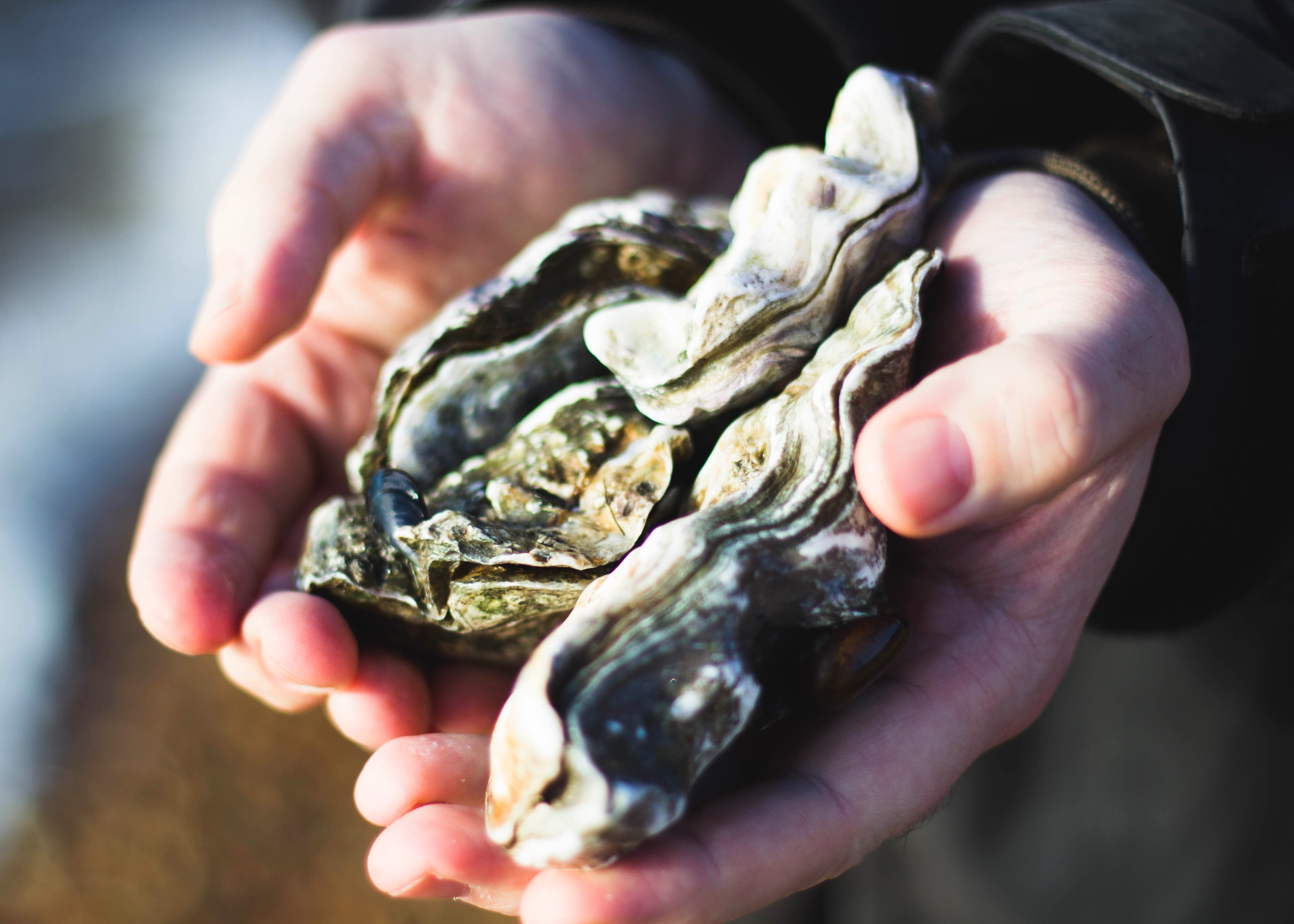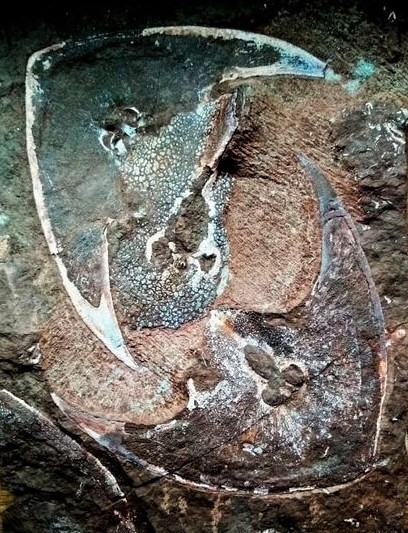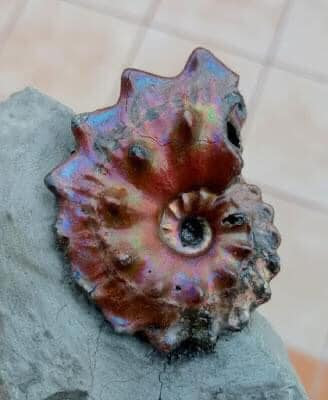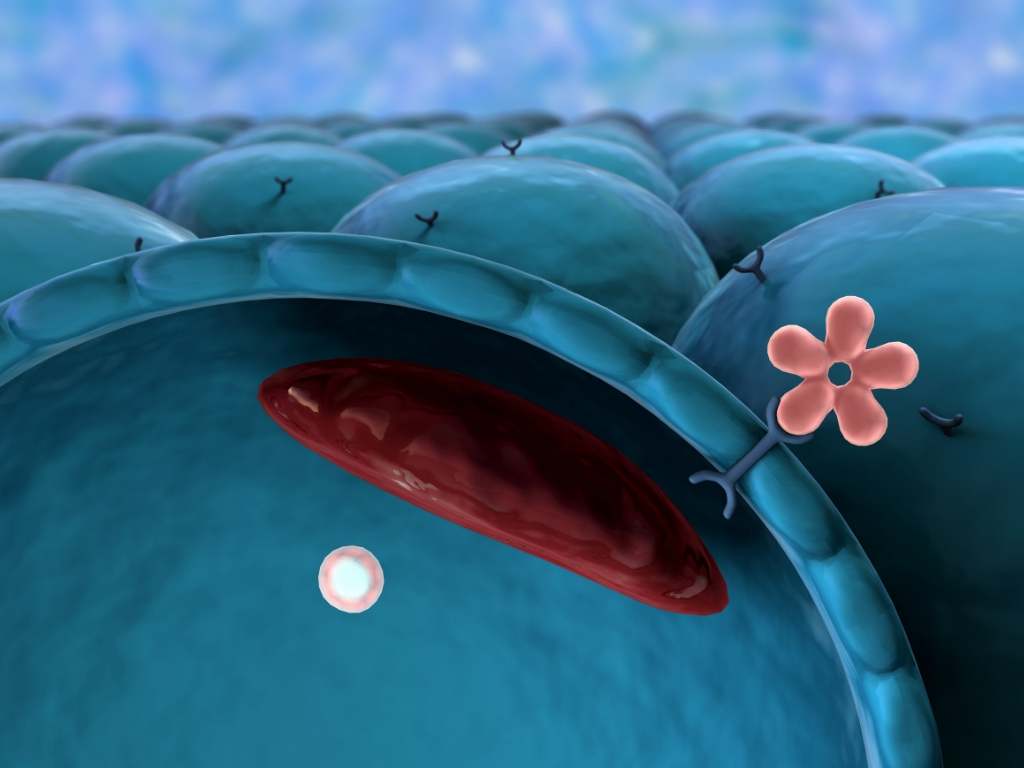 First Nation Shell Middens And True Oysters
First Nation Shell Middens And True OystersOne of the now rare species of oysters in the Pacific Northwest is the Olympia oyster, Ostrea lurida...
 Zenaspis: Lower Devonian Bony Fish Of Podolia, Ukraine
Zenaspis: Lower Devonian Bony Fish Of Podolia, UkraineA Devonian bony fish mortality plate showing a lower shield of Zenaspis podolica (Lankester, 1869)...
 Oil in Water Beauty: Euhoplites of Folkstone
Oil in Water Beauty: Euhoplites of FolkstoneSheer beauty — a beautiful Euhoplites ammonite from Folkstone, UK. These lovelies have a pleasing...
 Carnotaurus sastrei: Flesh Eating Bull
Carnotaurus sastrei: Flesh Eating BullCarnotaurus sastrei, a genus of large theropod dinosaurs that roamed the southern tip of Argentina...









 The McAbee fossil beds are known for their incredible abundance, diversity and quality of fossils including lovely plant, insect and fish species that lived in an old lake bed setting 52 million years ago.
The McAbee fossil beds are known for their incredible abundance, diversity and quality of fossils including lovely plant, insect and fish species that lived in an old lake bed setting 52 million years ago.


 Many First Nations sites were inhabited continually for centuries. These sites were both home, providing continuity and community and also formed a spiritual connection to the landscape. The day to day activities of each of these communities would much like our own. Babies were born, meals were served and life followed a natural cycle.
Many First Nations sites were inhabited continually for centuries. These sites were both home, providing continuity and community and also formed a spiritual connection to the landscape. The day to day activities of each of these communities would much like our own. Babies were born, meals were served and life followed a natural cycle.



